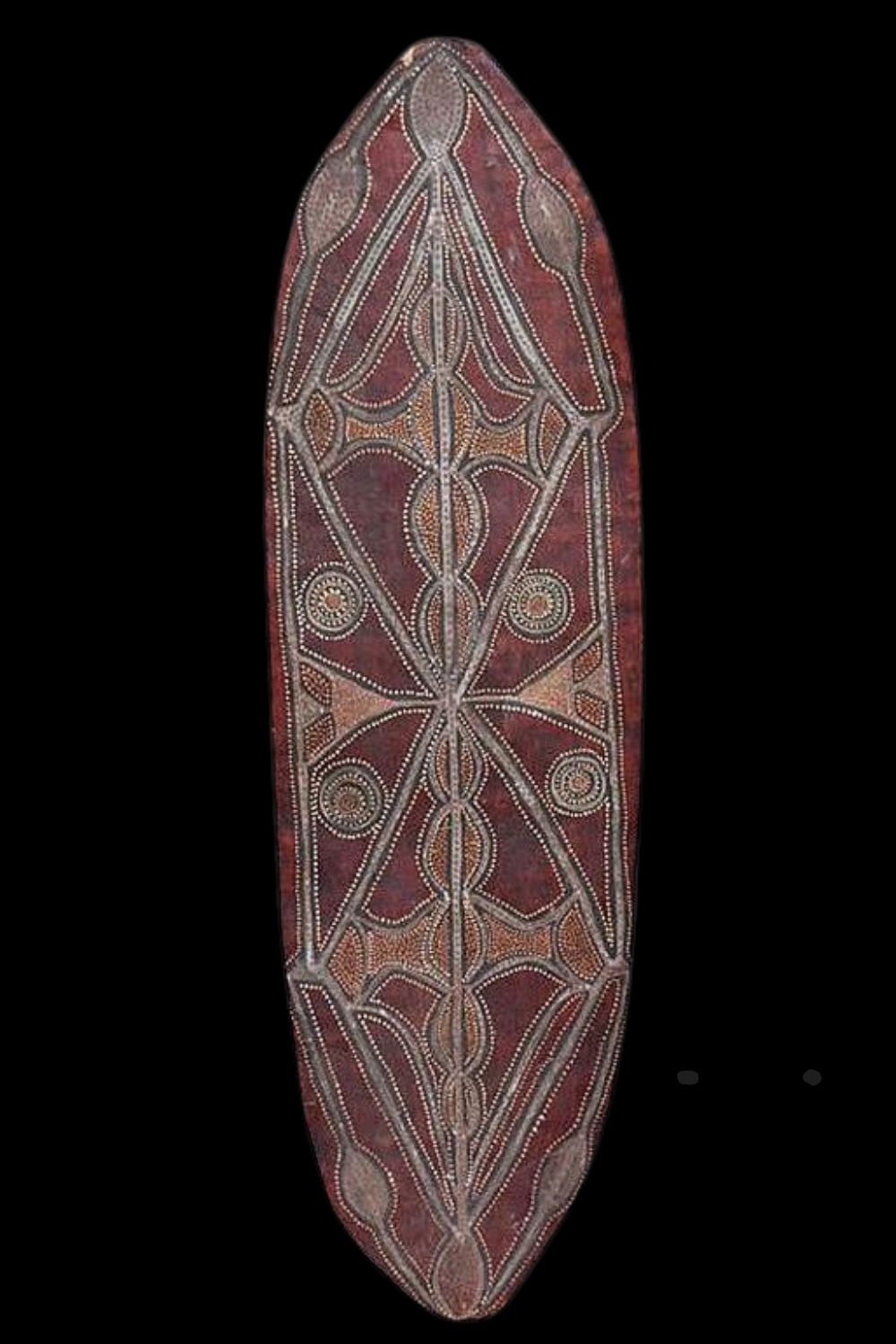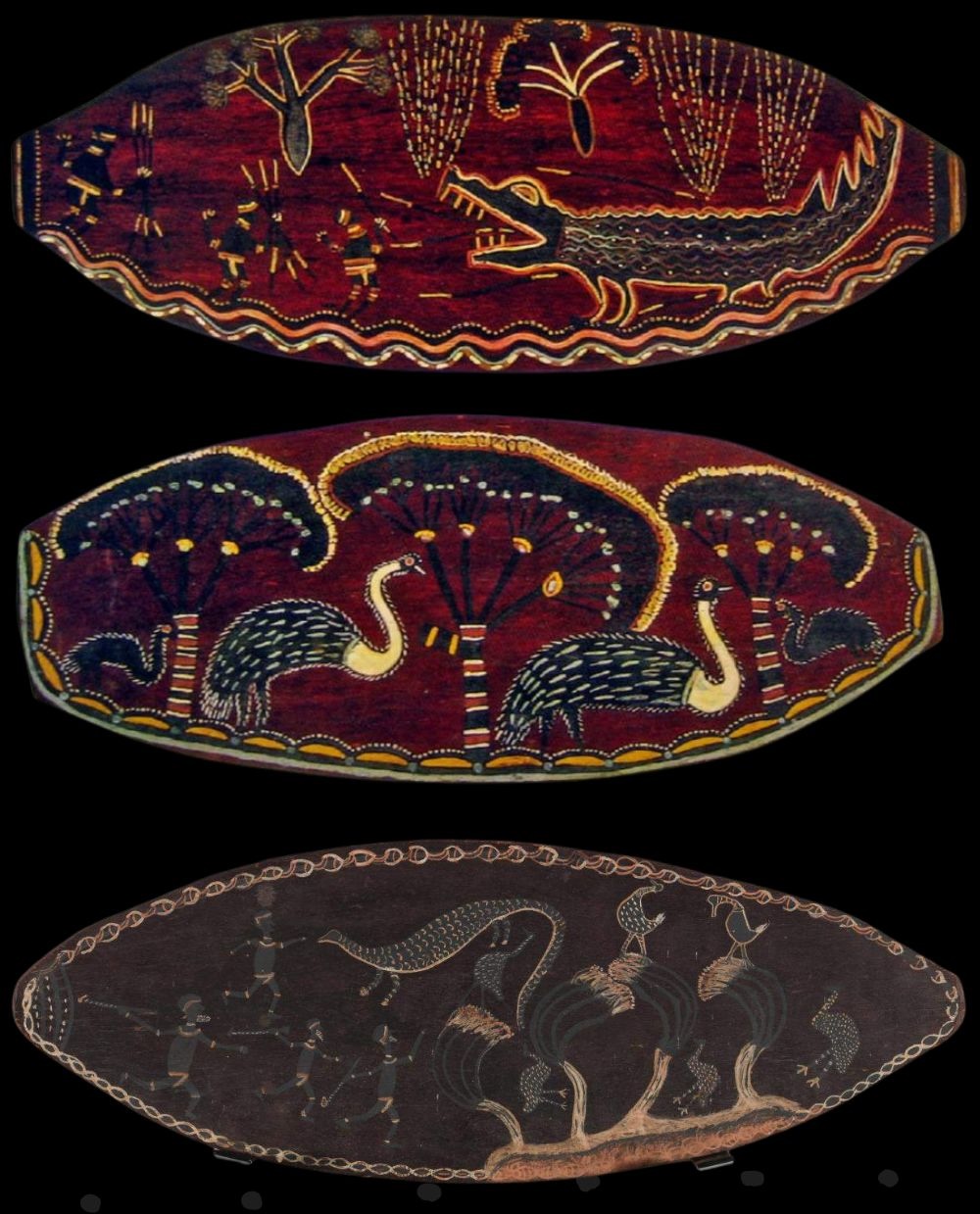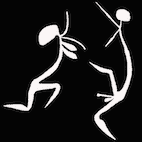Charlie Rock Ngumbe: Painter from Wadeye (Port Keats)
Charlie Rock Ngumbe (c.1910–1980s) was a significant yet little-documented Aboriginal artist from Wadeye (formerly Port Keats) in the Northern Territory. Working from the 1960s to the early 1980s, Ngumbe was among a small but important group of Indigenous men—alongside artists such as Nym Bunduk, Charlie Brinken, and Bobyin Noongah—whose bark paintings reflect a unique visual culture shaped by ceremonial tradition, linguistic identity, and the transitional pressures of mission life.
Ngumbe spoke Murrinh-Patha, the dominant language of the Wadeye region, and was likely born around 1910. His career spans a critical period in Aboriginal art history, marked by the move from ceremonial expression to engagement with the emerging art market, particularly through sales conducted by the Catholic mission at Port Keats.
If you have a bark painting by Charlie Rock Ngumbe, we would be delighted to hear from you. Please contact us with an image—our team can provide a professional valuation and may even be interested in acquiring the work for private collectors or institutions.


Early Bark Paintings: Churinga Motifs and Ceremonial Themes
Charlie Rock Ngumbe’s earliest and most collectible works include oval and rectangular bark paintings featuring churinga-like designs—symbolic and sacred motifs rooted in ancestral law. These artworks often incorporate ceremonial spears rendered with rhythmic linework and restrained earth pigments. Although very few of these early works survive today, they demonstrate Ngumbe’s deep knowledge of his cultural heritage and ceremonial responsibility.
Bark paintings from this early period sometimes depict ceremonial scenes, executed in a bold yet minimal aesthetic that prioritises spiritual meaning over naturalistic representation. Works from this period are rare and sought after by collectors of early Western Northern Territory Aboriginal art.
Later Works: Figurative Imagery
In later years, Charlie Rock Ngumbe’s art underwent a notable stylistic shift. Moving away from traditional iconography, he began producing figurative bark paintings depicting crocodiles, emus, lizards, snakes, and hunting scenes. These works reflect an adaptation to mission-influenced expectations for more literal, recognisable subject matter. Despite this shift, Ngumbe’s compositions retain a distinct visual integrity and rhythmic structure, anchoring them in Indigenous ways of seeing.
A hallmark of Ngumbe’s later work is his use of a distinctive blue-toned magnesium pigment, a colour not commonly found in bark paintings of the region. This unique palette, combined with finely detailed depictions of animals and landscapes, distinguishes his practice from his contemporaries.
Notable themes in his later works include the Rainbow Serpent (Kunmanggur)—an enduring ancestral figure in Aboriginal cosmology—as well as native fauna rendered with gestural energy and expressive detail.

Historical Context and Legacy
The Port Keats painting movement, while never as widely recognised as those in Papunya or Yirrkala, represents a vital chapter in the evolution of Aboriginal art. Artists like Charlie Rock Ngumbe were the first from this region to transpose sacred knowledge onto portable media, working largely without institutional support or scholarly recognition. As such, many of these artists—Ngumbe included—remain underrepresented in national collections and under-researched in art historical literature.
Documentation on Charlie Rock Ngumbe is scarce, but the few surviving works and mission records suggest a consistent and thoughtful artist whose work bridges ceremonial tradition and cross-cultural innovation. Interest in Port Keats artists has grown steadily in recent years, with collectors and researchers seeking out these foundational figures in Western Northern Territory bark painting.
If you own or have access to a bark painting by Charlie Rock Ngumbe, or other artists from the Wadeye / Port Keats region, we invite you to contribute to the growing archive of this important legacy. Your information could help illuminate the life and artistic contributions of a remarkable artist whose story is still emerging.
Due to the limited scholarship on early Port Keats Aboriginal art, any additional information, photographs, or provenance records are invaluable. Please reach out if you can help expand our understanding of Charlie Rock Ngumbe and his artistic milieu.
Further reading
All images in this article are for educational purposes only.
This site may contain copyrighted material the use of which was not specified by the copyright owner.
